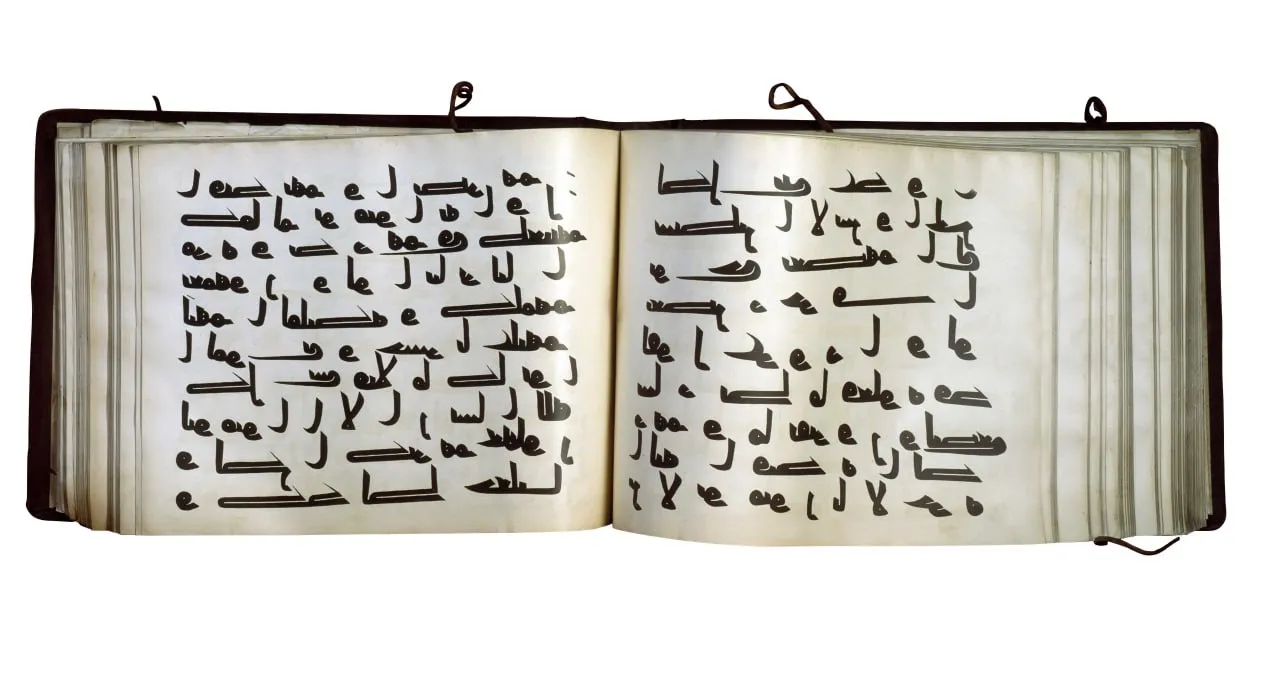According to the protocol of July 3, 1938, the Museum purchased a commemorative badge for 25 rubles from Bakiyev, issued in honour of laying of the St. Petersburg mosque. On the obverse, there was the future mosque with inscription in Arabic: “St. Petersburg Cathedral Highly Esteemed (Most Glorious) [mosque].” The inscription on the reverse indicated the date of the mosque’s laying – “the 5th day of Safar month 1328 AH.”
In pre-war 1940, the Museum received the lot of materials delivered in two crates from a mosque, already closed by that time: one crate containing picture postcards with the mosque, distributed by the Committee for the construction of mosque since 1907 to get donations for construction needs, and the other included receipts, vouchers and other documentation of the Committee.
On June 19 and 20, 1941, a power of attorney was given to deputy director of the Museum, K. A. Usharov, “for the inspection of museum valuables from the former mosque”, as well as to the scientific researcher K. F. Vorontsov – “to get these inspected museum valuables from the former mosque”. Baing on the acceptance certificate, it is clear that among other things, the Museum received and registered “four large Qurans” – unique facsimile editions of the Uthman Quran, published in St. Petersburg in the Rudnev printing house in 1905 (the original is now kept in the Mui-Mubarak Madrasah in Tashkent). This rare edition has always ranked high at the permanent and temporary exhibitions of the Museum.
You can learn more about this topic in the book-album “The Collection of the State Museum of the History of Religion” (Volume XII) from the series “Cultural legacy of Uzbekistan in the world collections”.
The general sponsor of the project is the oilfield services company Eriell-Group.

